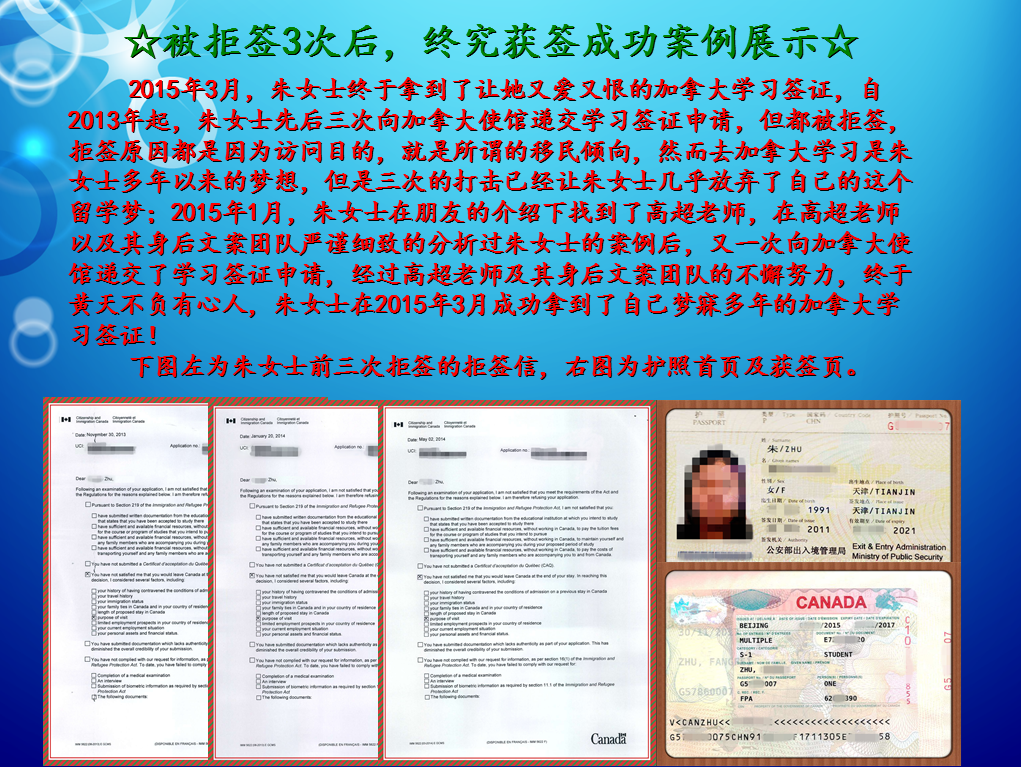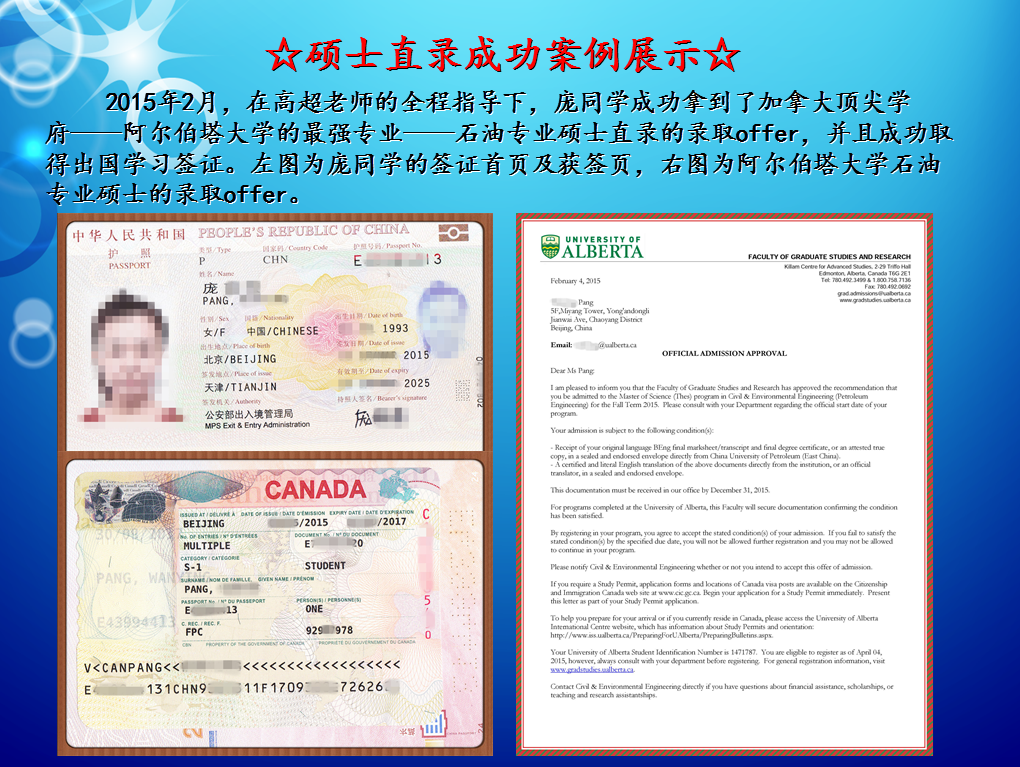SAT文章阅读模拟题之plants and animals.
2017-08-05 400阅读
下面为大家整理的是一篇关于plants and animals的SAT文章阅读模拟题,后面附有8道题目和正确答案。SAT文章阅读考试涉及到的类别很多,需要大家很多的练习。下面大家就和澳际小编一起来看看详细内容吧。
直接获取澳际名师服务点击进入>>>>有问题?找免费的澳际专家咨询! 或者通过在线咨询处留言,把您最关心的问题告诉我们。
It was once assumed that all living things could be
divided into two fundamental and exhaustive categories. Multicellular plants and animals, as well as many unicellu-
lar organisms, are eukaryotic—their large, complex cells
(5) have a well-formed nucles and many organelles. On the
other hand, the true bacteria are prokaryotic cell, which
are simple and lack a nucleus. The distinction between
eukaryotes and bacteria, initially dined in terms of
subcellular structures visible with a microscope, was ulti-
(10) mately carried to the molecular level. Here prokaryotic and
eukaryotic cells have many features in common. For
instance, they translate genetic information into proteins
according to the same type of genetic coding. But even
where the molecular processes are the same, the details in
(15) the two forms are different and characteristic of the respec-
tive forms. For example, the amino acid sequences of vari-
ous enzymes tend to be typically prokaryotic or eukaryotic.
The differences between the groups and the similarities
within each group made it seem certain to most biologists
(20) that the tree of life had only two stems. Moreover, argu-
ments pointing out the extent of both structural and func-
tional differences between eukaryotes and true bacteria
convinced many biologists that the precursors of the
eukaryotes must have diverged from the common
(25) ancestor bore the bacteria arose.
Although much of this picture has been sustained by
more recent research, it seems fundamentally wrong in one
respect. Among the bacteria, there are organisms that are
significantly different both from the cells of eukaryotes and
(30) from the true bacteria, and it now appears that there are
three stems in the tree of life. New techniques for deter-
mining the molecular sequence of the RNA of organisms
have produced evolutionary information about the degree
to which organisms are related, the time since they diverged
(35)from a common ancestor, and the reconstruction of ances-
tral versions of genes. These techniques have strongly
suggested that although the true bacteria indeed form a
large coherent group, certain other bacteria, the archaebac-
teria, which are also prokaryotes and which resemble true
(40) bacteria, represent a distinct evolutionary branch that
far antedates the common ancestor of all true bacteria.
1. The passage is primarily concerned with
(A) detailing the evidence that has led most biologists to replace the trichotomous picture of living organisms with a dichotomous one
(B) outlining the factors that have contributed to the current hypothesis concerning the number of basic categories of living organisms
(C) evaluating experiments that have resulted in proof that the prokaryotes are more ancient than had been expected.
(D) summarizing the differences in structure and function found among true bacteria, archaebacteria, and eukaryotes
(E) formulating a hypothesis about the mechanisms of evolution that resulted in the ancestors of the prokaryotes
2. According to the passage, investigations of eukaryotic and prokaryotic cells at the molecular level supported the conclusion that
(A) most eukaryotic organisms are unicellular
(B) complex cells have well-formed nuclei
(C) prokaryotes and cukaryotes form two fundamental categories
(D) subcellular structures are visible with a microscope
(E) prokaryotic and eukaryotic cells have similar enzymes
3. According to the passage, which of the following statements about the two-category hypothesis is likely to be true?
(A) It is promising because it explains the presence of true bacteria-like organisms such as organelles in eukaryotic cells.
(B) It is promising because it explains why eukaryotic cells, unlike prokaryotic cells, tend to form multicellular organisms.
(C) It is flawed because it fails to account for the great variety among eukaryotic organisms.
(D) It is flawed because it fails to account for the similarity between prokaryotes and eukaryotes.
(E) It is flawed because it fails to recognize an important distinction among prokaryotes.
4. It can be inferred from the passage that which of the following have recently been compared in order to clarify the fundamental classifications of living things?
(A) The genetic coding in true bacteria and that in other prokaryotes
(B) The organelle structures of archaebacteria, true bacteria, and eukaryotes
(C) The cellular structures of multicellular organisms and unicellular organisms
(D) The molecular sequences in eukaryotic RNA, true bacterial RNA, and archaebacterial RNA
(E) The amino acid sequences in enzymes of various eukaryotic species and those of enzymes in archaebecterial species
5. If the “new techniques” mentioned in line 31 were applied in studies of biological classifications other than bacteria, which of the following is most likely?
(A) Some of those classifications will have to be reevaluated.
(B) Many species of bacteria will be reclassified
(C) It will be determined that there are four main categories of living things rather than three.
(D) It will be found that true bacteria are much older than eukaryotes.
(E) It will be found that there is a common ancestor of the eukaryotes, archaebacteria, and true bacteria.
6. According to the passage, researchers working under the two-category hypothesis were correct in thinking that
(A) prokaryotes form a coherent group
(B) the common ancestor of all living things had complex properties
(C) eukaryotes are fundamentally different from true bacteria
(D) true bacteria are just as complex as eukaryotes
(E) ancestral versions of eukaryotic genes functioned differently from their modern counterparts.
7. All of the following statements are supported by the passage EXCEPT:
(A) True bacteria form a distinct evolutionary group.
(B) Archaebacteria are prokaryotes that resemble true bacteria.
(C) True bacteria and eukaryotes employ similar types of genetic coding.
(D) True bacteria and eukaryotes are distinguishable at the subcellular level.
(E) Amino acid sequences of enzymes are uniform for eukaryotic and prokaryotic organisms.
8. The author’s attitude toward the view that living things are divided into three categories is best described as one of
(A) tentative acceptance
(B) mild skepticism
(C) limited denial
(D) studious oriticism
(E) whole hearted endorsement
Correct Answers:BCEDACEA
以上就是这篇关于plants and animals的SAT文章阅读模拟题的全部内容,后面的正确答案没有解析。大家在备考自己的SAT阅读考试的时候,可以根据自己的实际情况,到文章中进行查找,这样就能更好的掌握答题的方法了。
更多SAT阅读相关:
北京SAT阅读培训
SAT文章阅读模拟题之cost—cutting of industries
SAT文章阅读模拟题之climatic conditions in the past
SAT文章阅读模拟题之women’s studies in Korea
留学咨询
更多出国留学最新动态,敬请关注澳际教育手机端网站,并可拨打咨询热线:400-601-0022
留学热搜
相关推荐
- 专家推荐
- 成功案例
- 博文推荐

Copyright 2000 - 2020 北京澳际教育咨询有限公司
www.aoji.cn All Rights Reserved | 京ICP证050284号
总部地址:北京市东城区 灯市口大街33号 国中商业大厦2-3层









高国强 向我咨询
行业年龄 12年
成功案例 3204人
留学关乎到一个家庭的期望以及一个学生的未来,作为一名留学规划导师,我一直坚信最基本且最重要的品质是认真负责的态度。基于对学生和家长认真负责的原则,结合丰富的申请经验,更有效地帮助学生清晰未来发展方向,顺利进入理想院校。
Tara 向我咨询
行业年龄 7年
成功案例 1869人
薛占秋 向我咨询
行业年龄 11年
成功案例 1869人
从业3年来成功协助数百同学拿到英、美、加、澳等各国学习签证,递签成功率90%以上,大大超过同业平均水平。
Cindy 向我咨询
行业年龄 19年
成功案例 5073人
精通各类升学,转学,墨尔本的公立私立初高中,小学,高中升大学的申请流程及入学要求。本科升学研究生,转如入其他学校等服务。